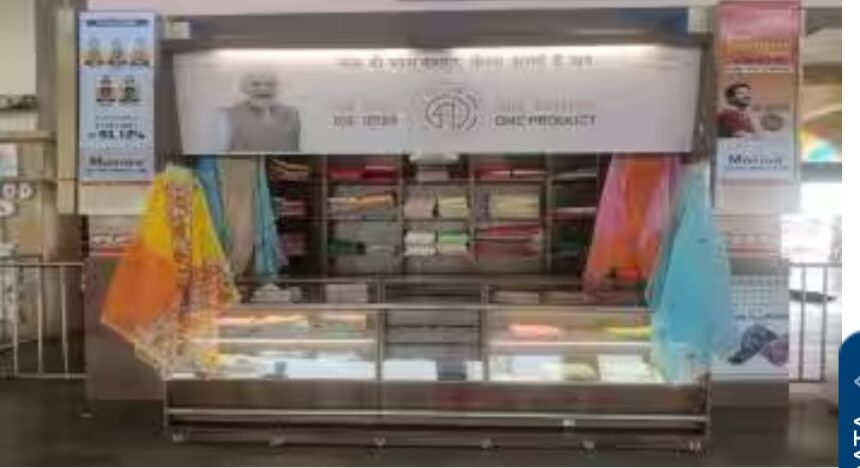Launched on May 20 last year after a successful 15-day pilot project, the project has been popular with local artisans and workers. The Indian Railways ‘One Station One Product’ initiative, which aims to provide people with specially designed stores to sell local products, is currently operational at 1,037 stations across the country.
The project, designed by the National Institute of Design Ahmedabad, offers distinctive stores that give high visibility to local products, benefiting local artisans. A senior railway official noted that the project is gaining momentum and other stations are expected to have these stores soon.
“One Station One Product” program – Tamil Nadu takes the lead
Launched on May 20 last year after a successful 15-day pilot project, the project has been popular with local artisans and workers. As of November 9 this year, 1,134 stores were operating at 1,037 stations across 27 states. Tamil Nadu leads with 146 stores in 137 stations, followed by West Bengal with a similar number in 123 stations and Uttar Pradesh in third place with 112 stores in 105 stations. Till November 9, 39,847 direct beneficiaries had availed of the opportunities offered by this scheme. Considering five indirect beneficiaries for each allocation, the total number of beneficiaries is 143,232. The program recorded a total revenue of Rs 49.58 crore. The OSOP program aims to improve livelihoods.
The OSOP scheme, announced in the Union Budget 2022-23, aims to improve livelihoods through skill development of local artisans, weavers and craftsmen. Sales points are planned at stations nationwide, allocated through a bidding process.
Indian Railways expands project
The policy focuses on disseminating the benefits of the program to target groups and creating opportunities for all applicants. To achieve this, Indian Railways has adopted various public awareness measures including newspaper advertisements, social media, public announcements, press announcements and personal visits to artisans.
The products sold at these stores are indigenous to the respective regions and include objects, crafts, textiles, weaving machines, toys, leather products, equipment/tools traditional clothing, gems and jewelry, as well as locally produced or grown semi-finished and semi-finished products. processed food products.
For more information visit at https://happenrecently.com/zepto/?amp=1

